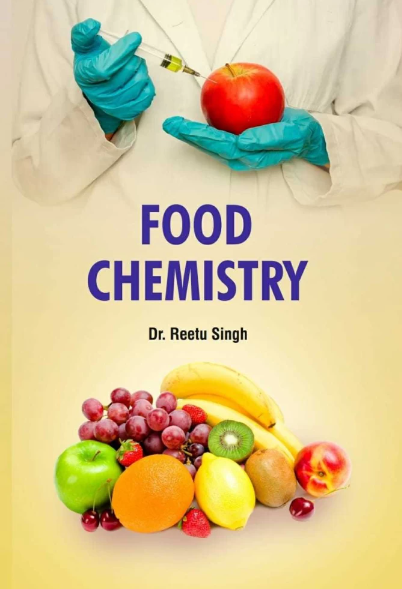Phytochemical diversity and biological activities of Hypericum japonicum and Hypericum sampsonii: potential for natural product-based food applications
IF 8.5
1区 农林科学
Q1 CHEMISTRY, APPLIED
引用次数: 0
Abstract
This study characterizes two species of the genus Hypericum to envisage their applicability as effective and versatile functional foods, dietary supplements, and food preservatives. A wide phenolic composition was found in both extracts, highlighting flanovoids for H. japonicum and xanthones for H. sampsonii. Moreover, anthocyanins were analyzed for the first time in the latter plant. Antioxidant capacity was highlighted by oxidative hemolysis inhibition assay (OxHLIA), where H. japonicum was more effective (lower EC50) than antioxidant Trolox (16.3 < 21.8 μg/mL). H. sampsonii extract inhibited lipid peroxidation in the thiobarbituric acid reactive substances (TBARS) method (EC50 = 17.05 μg/mL) compared to Trolox (EC50 = 5.8 μg/mL). H. japonicum antibacterial activity showed a minimum inhibitory concentration (MIC) of 0.007 mg/mL, even lower than the control. These results indicate the bioactive potential of both extracts, as well as the importance of evaluating the food-related bioactive components of medicinal plants and the mechanisms involved in their bioactivities.


求助全文
约1分钟内获得全文
求助全文
来源期刊

Food Chemistry
工程技术-食品科技
CiteScore
16.30
自引率
10.20%
发文量
3130
审稿时长
122 days
期刊介绍:
Food Chemistry publishes original research papers dealing with the advancement of the chemistry and biochemistry of foods or the analytical methods/ approach used. All papers should focus on the novelty of the research carried out.
 求助内容:
求助内容: 应助结果提醒方式:
应助结果提醒方式:


